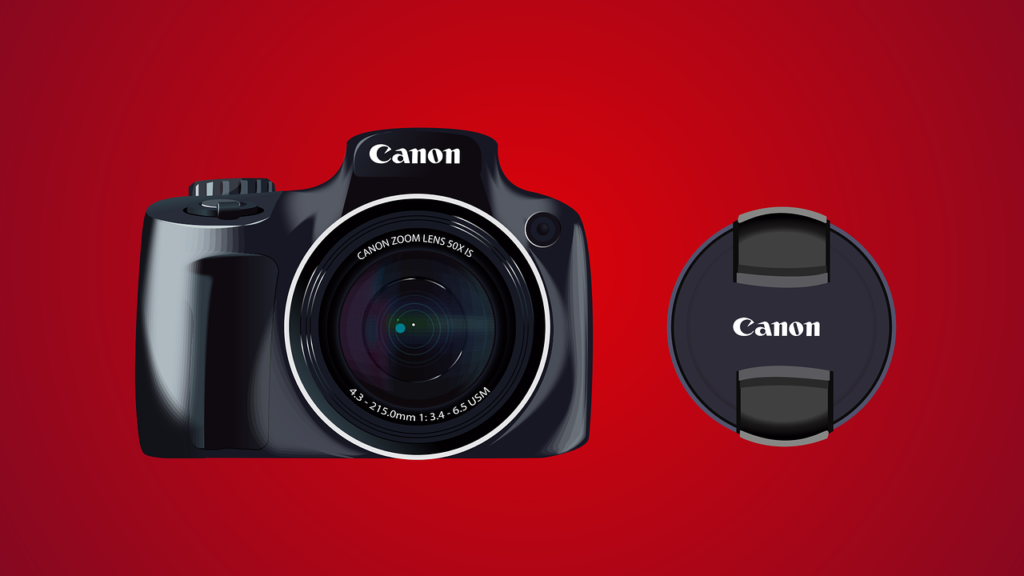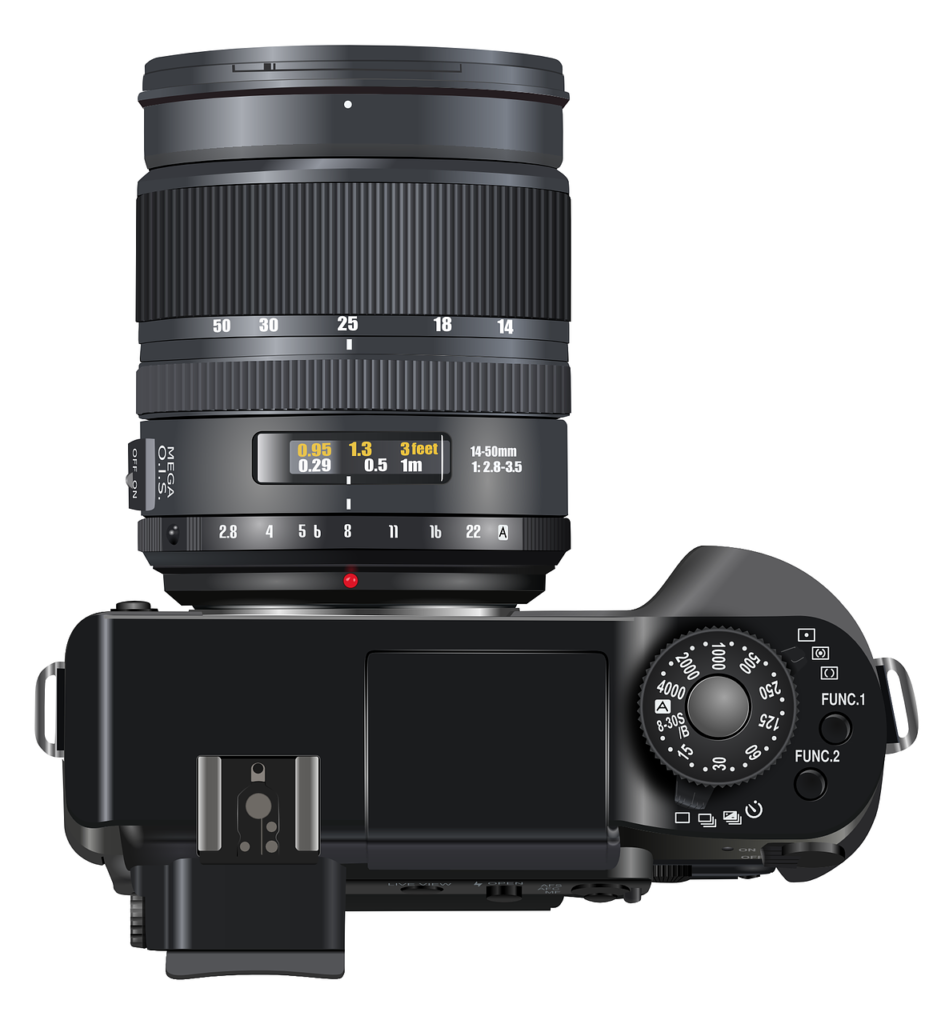
Highlights
- What are analogue cameras and IP cameras?
- Key difference between both the cameras
- Pros and cons of using each camera
- Points to take into account while choosing analogue cameras vs.IP cameras
Introduction
When it comes to security and surveillance systems, two main types of cameras have been prevalent: analogue cameras and IP (Internet Protocol) cameras. While both serve the purpose of capturing video footage, they differ significantly in their technology, capabilities, and performance.
As businesses and individuals seek to enhance their security measures, understanding the distinctions between these two camera types is crucial in making an informed decision.
Key Difference Between Analogue Cameras And IP Cameras

Video Quality and Resolution
One of the most significant differences between analogue cameras and IP cameras lies in their video quality and resolution capabilities. Analogue cameras operate based on traditional television standards, such as NTSC and PAL, which limit their resolution to a maximum of 0.4 megapixels (720 x 480 pixels for NTSC or 720 x 576 pixels for PAL).
This relatively low resolution often results in grainy, pixelated, and less detailed images, making it challenging to identify specific details or individuals in the footage.
In contrast, IP cameras leverage digital technology, offering resolutions ranging from 1.3 megapixels to 5 megapixels (2560 x 1920 pixels) or even higher. This superior resolution translates into sharp, clear, and detailed images, enabling better facial recognition, license plate capture, and overall situational awareness.
IP cameras can provide a wider field of view and better zoom-in capabilities, making them more suitable for applications that require precise monitoring and identification.
Transmission and Storage
Analogue cameras transmit video signals through coaxial cables or twisted-pair cables, with a maximum transmission distance of 1.5 kilometers for twisted-pair and 300 meters for coaxial cables. As the distance increases or when the signal is converted from one format to another, the video quality deteriorates, leading to a loss of clarity.
IP cameras, on the other hand, transmit digital video signals over Internet Protocol (IP) networks, allowing for limitless transmission distances without any degradation in video quality. These cameras can stream video directly to a network video recorder (NVR) or a cloud-based storage system, enabling remote viewing and management from anywhere with an internet connection.
Intelligence and Manageability
IP cameras offer advanced intelligence and manageability features that analogue cameras lack. IP cameras can stream different parts of the video to multiple recipients simultaneously, perform motion detection, and send alerts or notifications when specific events occur.
They can also be integrated with other security systems, such as access control and alarm systems, providing a comprehensive and intelligent security solution. Analogue cameras, in contrast, are limited in their capabilities and require additional hardware and software to achieve similar functionalities.
Power over Ethernet (PoE)
One of the advantages of IP cameras is their ability to be powered over the same Ethernet cable that carries the video signal, a feature known as Power over Ethernet (PoE). This eliminates the need for separate power cables, simplifying installation and reducing costs. Analogue cameras typically require dedicated power sources, adding complexity to the installation process.
Wireless Connectivity
IP cameras can easily integrate with wireless networks, allowing for flexible and convenient installation in areas where running cables is challenging or impossible. This feature is particularly useful in historical buildings or outdoor environments where wired connections are not feasible. While some analogue cameras can also support wireless connectivity, it is less common and often results in reduced video quality.
Scalability and Expandability
IP camera systems are highly scalable and expandable, making it easier to add or remove cameras as needed. Since IP cameras are connected to a network, adding new cameras is often as simple as connecting them to the existing infrastructure and configuring them through software. Analogue systems, on the other hand, may require additional cabling and hardware modifications to accommodate new cameras, making expansion more complex and costly.
Security and Encryption
IP cameras offer enhanced security features, including data encryption and secure communication protocols, which help protect against unauthorized access and potential hacking attempts. Analogue cameras transmit unencrypted video signals, making them more vulnerable to interception and security breaches.
Cost Considerations
While IP cameras typically have a higher upfront cost compared to analogue cameras, the overall cost of ownership can be lower in the long run. IP camera systems require less cabling, reduce labor costs for installation and maintenance, and offer more advanced features and functionalities. Additionally, the price of IP cameras has been steadily decreasing as the technology becomes more widespread and accessible.
Integration with Other Systems
IP cameras can seamlessly integrate with other IP-based systems, such as access control, building automation, and video management systems. This integration allows for streamlined operations, centralized monitoring, and enhanced security measures. Analogue cameras, on the other hand, may require additional hardware and software to achieve similar levels of integration, adding complexity and cost to the overall system.
Reliability and Maintenance
Analogue cameras have been in use for decades and have a proven track record of reliability. However, as technology advances, finding replacement parts or skilled technicians for analogue systems may become increasingly challenging. IP cameras, being digital and network-based, benefit from continuous software updates, remote maintenance, and easier troubleshooting, ensuring long-term reliability and support.
Future-proofing
As technology continues to evolve, IP camera systems are better positioned for future upgrades and enhancements. The digital nature of IP cameras allows for software updates and integration with emerging technologies, such as artificial intelligence (AI) and machine learning. Analogue systems, conversely, may become obsolete as new technologies emerge, requiring complete system replacements to keep up with advancements.
Choosing Between Analogue Cameras And IP Cameras
When deciding between analogue cameras and IP cameras, it’s essential to consider your specific requirements, budget, and the level of security and functionality you need. Analogue cameras may be a suitable option for small-scale applications with limited budgets and where high-resolution video is not a critical requirement.
However, for most modern security and surveillance needs, IP cameras offer superior performance, advanced features, and better scalability, making them the preferred choice for businesses, organizations, and individuals seeking a robust and future-proof security solution.
It’s important to note that while analogue cameras are still in use, the industry is rapidly shifting towards IP camera systems, which offer more opportunities for integration, automation, and advanced analytics. As technology continues to evolve, IP cameras will likely become the standard, with analogue systems eventually being phased out or relegated to niche applications.
Conclusion
Ultimately, the decision between analogue cameras and IP cameras should be based on a careful evaluation of your specific needs, budget, and the long-term goals of your security and surveillance strategy.
Consulting good security professionals and experts can help you make the right choice that not only aligns with your requirements and but also ensures a robust, reliable, and future-proof security solution.










